Different Types of Wall Textures and Techniques
.jpg?20260102093246801+1100)
What is the right texture for your wall? How you can choose which one is best suited for you? Though, it can give a whole new look to your home, choosing the right texture for your walls could be a tricky job. There so are many wall texture ideas to select from and wall texture types will vary according to the application technique. So, if you’re stuck for ideas on how to texture a wall and want to know more about different types of wall texture & techniques, this post is for you.
Types of Drywall Textures
Commonly, there are two types of drywall textures, they contain sub-types as well. Below is a list of different types of drywall textures -
Hand Applied Drywall Textures
- 1. Skip Trowel
- 2. Hawk and Trowel
- 3. Slap Brush Texture
- 4. Santa-Fe Texture
- 5. Swirl
- 6. Rosebud Stomp etc.
Sprayer Applied Drywall Textures
- 1. Splatter Knockdown
- 2. Orange Peel
- 3. Popcorn
Detailed information and images of different types of wall textures are as follows.
Hand Applied Drywall Textures
Drywall textures offer a huge variety of looks. Even if they are provided with similar tools and materials, Texture patterns on drywall will vary from one painter to another. Since, this wall texture paint is applied by hand, design details will differ and every project will look unique. This technique uses specially designed brushes and knives to create patterns with drywall compound (a combination of primarily gypsum dust and water) to give texture to otherwise plain walls.
Some common hand applied drywall texture techniques are explained below:
Skip Trowel
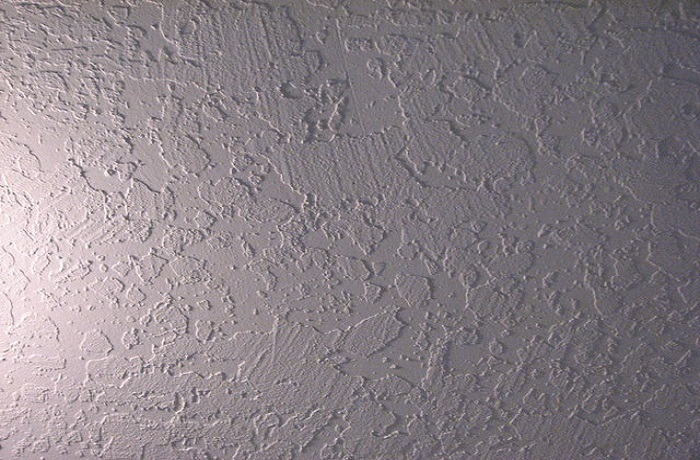
Image Source: texturemaster.com
Hawk and Trowel refers to the tools that are used to create the texture. The Hawk is a flat plate with a handle underneath. Plaster is placed on the centre of the hawk in a mound and a flat rectangular trowel is used to apply to the plaster to the wall off the hawk. Due to these tools, the Hawk and Trowel interior wall texture tend to have more straight line designs and several layers of texture rolling over one another.
Hawk and Trowel
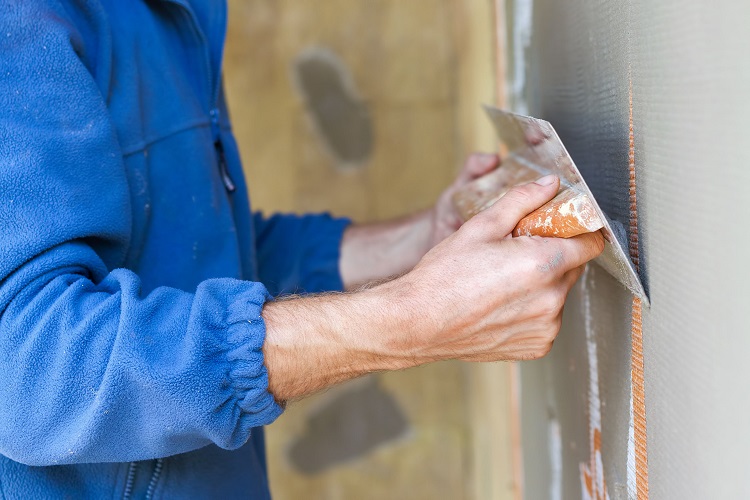
Hawk and Trowel refers to the tools that are used to create the texture. The Hawk is a flat plate with a handle underneath. Plaster is placed on the centre of the hawk in a mound and a flat rectangular trowel is used to apply to the plaster to the wall off the hawk. Due to these tools, the Hawk and Trowel interior wall texture tend to have more straight line designs and several layers of texture rolling over one another.
Slap Brush Texture
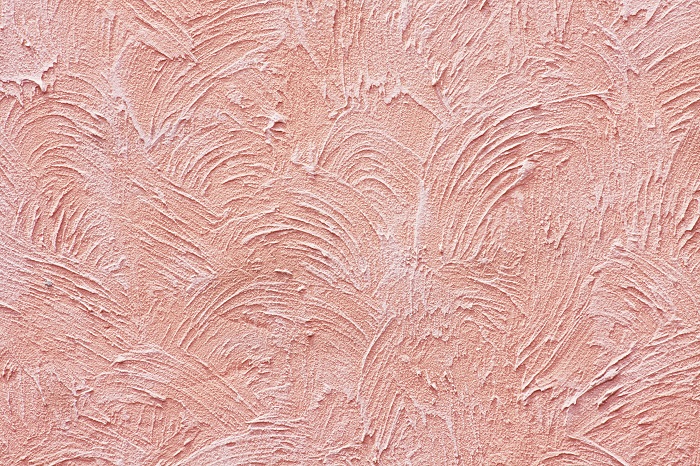
A wall paint texture using a ‘crows-foot’, ‘panda paw’ or ‘stomp’ brush is known as Slap Brush texture. This is a good solution either to hide wall imperfections or to bring out a fresh distinctive look for walls.
As any other drywall texture techniques, the first drywall compound layer should be smoothly rolled on to the surface then, a brush is used to create the design by slapping, stamping, shaking, twisting or sweeping. According to type of the brush and the way you handle it, wall texture designs may vary.
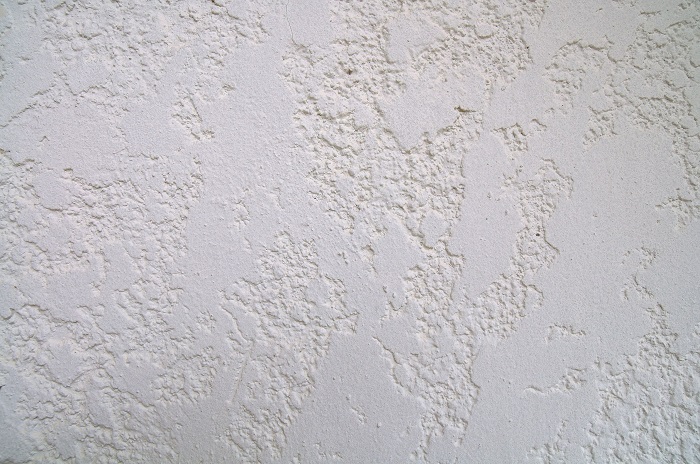
Santa Fe texture is created with a wide drywall knife. This wall texture design will have two smooth layers of drywall. Top layer is a smooth coat of drywall compound all across the surface and the second layer is a smooth coat of drywall compound covering 70-90 percent of the top layer. This wall texture can often look like Skip Trowel wall texturing if the second layer doesn’t cover at least 50-60 percent of the area.
Sprayer Applied Drywall Textures
Apart from the hand applied technique, another way includes a sprayer to create a different type of wall. Sprayer applied drywall texture designs are inexpensive and easy to apply. Moreover, this technique enhances the durability of the walls. The wall paint texture is applied with electric or gas powered sprayer. The texture material is pumped through a long hose with the support of an air compressor. The resulting wall paint texture design will vary depending on the air pressure, spray gun nozzle type, and material.
Some common sprayer applied drywall texture designs are explained below:
Splatter Knockdown
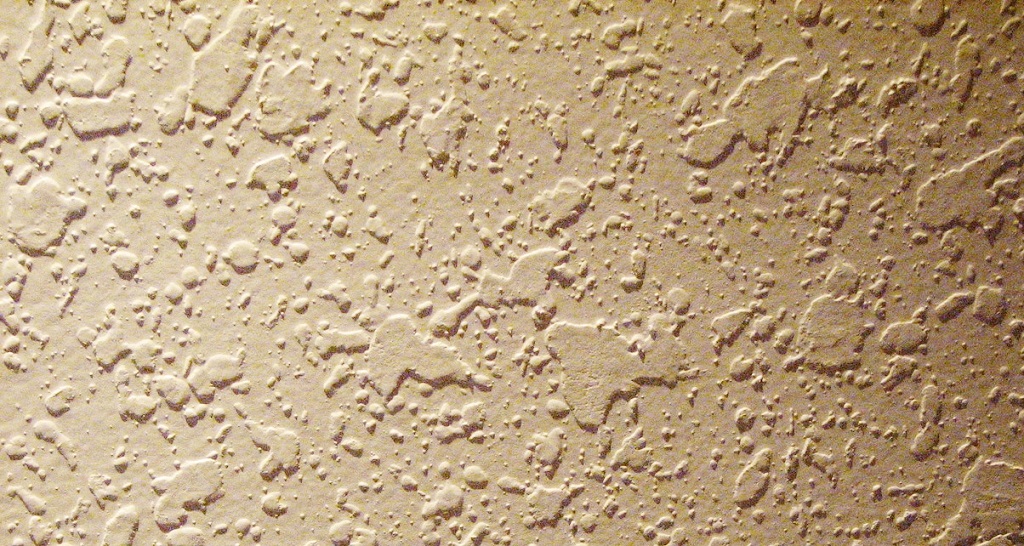
Splatter knockdown requires more effort than a lot of other texture because of the need of several steps. Before applying the wall paint texture, the wall should be coated with two coats of primer before the texture material is sprayed over it. When the texture material is somewhat set, the surface is smoothen with use of a large flat knife. It is ideal for new construction as it can get very messy during the application.
Orange Peel
As name implies Orange peel texture resembles the skin or peel of an orange with a bumpy surface. Application of orange peel interior wall texture is very similar to splatter knockdown wall texture design. However, orange peel requires consistency in application to give the desired elegant look without having bigger blobs here and there. Once, wall texture paint is sprayed it doesn’t need to be smoothed, instead once it is dry, applying primer and one or two coats of paint over it would give the desired colour and look.
Popcorn
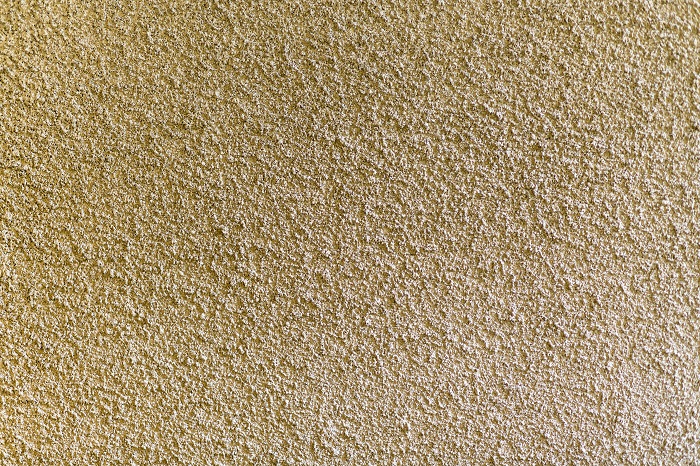
Popcorn texture used to be very common. However, with its health risks associated with asbestos, Popcorn is becoming a very unpopular interior wall texture. To get the popcorn effect, sprayer releases a thick layer of texture to cover the surface which may be useful as popcorn wall texturing could cover many imperfections in the drywall. Once the popcorn texture is applied the surface should only be painted using a paint sprayer.
From planning to installation to finish, getting a drywall is not an easy task by any means. Different room need different types of drywall finish depending on its usage and decor. So, it’s not rare that you might need to call the professionals in. For more enquiry about your wall texture or painting, you can call our guys at Joyce Painting, one of the most experienced house painters in Melbourne, always at your service.

